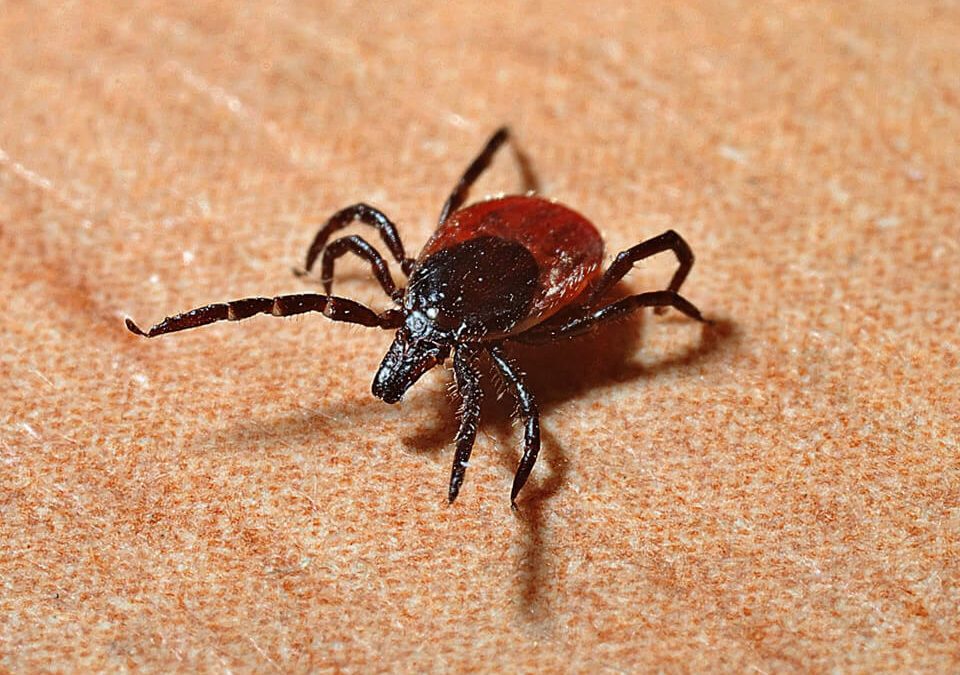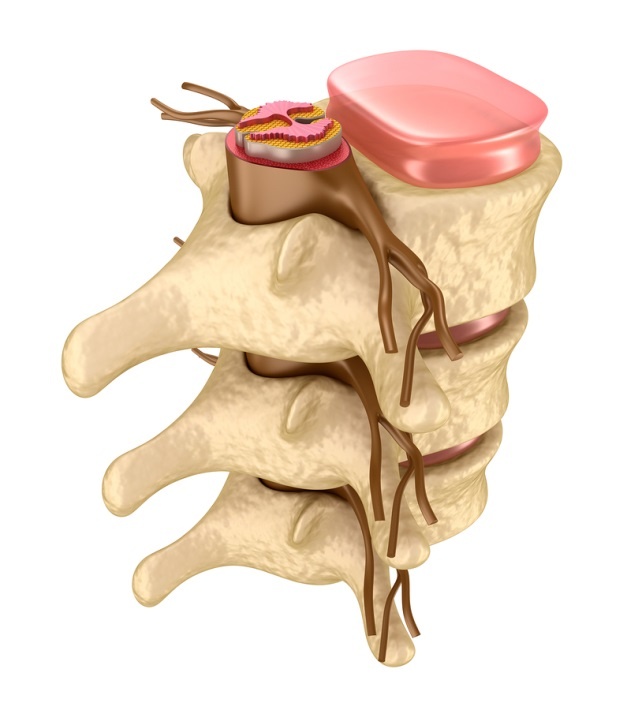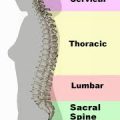Most experts agree that Lyme disease is best treated in its early stages, and the standard treatment involves oral antibiotics, a full course of which can last from 14 to 21 days, though some courses of 10 to 14 days can be equally effective. It is generally recommended, however, that a person should finish the full course of the antibiotics even if he or she begins to feel better. Lyme disease is, after all, notorious for avoiding detection, and finishing the prescribed full course of antibiotics would ensure that all foreign bacteria in your system are killed.
In the early stages of the disease, oral antibiotics may prescribed, including:
- Doxycycline for adults and children older than 8 years old
- Cefuroxime and Amoxicillin for adults, younger children, and women who are nursing or breast-feeding
Late stage or more severe cases of Lyme disease can be treated with intravenous antibiotics. This can be done for a period of 14 to 21 days. But while treatment can help to eliminate infection, the symptoms in late-stage Lyme disease may be slower to improve.
Other possible treatments for more severe cases of Lyme disease include intramuscular treatment, and pulse and combination therapy. In intramuscular treatment, the antibiotics are injected intramuscularly. This is particularly helpful for those who cannot tolerate oral antibiotics. Pulse and combination therapy, on the other hand, involve a careful combination of antibiotic treatments to coincide with symptom flare-ups.
This last option, while relatively new, is particularly interesting for the more severe cases of Lyme disease because while there is no clear consensus on the best treatment, recent studies in Canada have shown that a single course of antibiotics may not be sufficient for treating cases which have been undiagnosed and untreated for several months. This is because co-infections can occur, which can result in a more complicated case of Lyme disease.
This means that while a single course of oral antibiotics may be prescribed for early stage Lyme disease, if this course of treatment is insufficient, additional antibiotics, or even intravenous medication, may be prescribed. This is important because effective treatment of Lyme disease in its earlier stages yields the best patient outcome.
One possible side-effect to antibiotic treatment, however, is a resulting skin sensitivity to sunlight. Prolonged sun exposure is therefore not recommended until after treatment has been finished.





 I love to write medical education books. My books are written for everyone in an easy to read and understandable style.
I love to write medical education books. My books are written for everyone in an easy to read and understandable style.